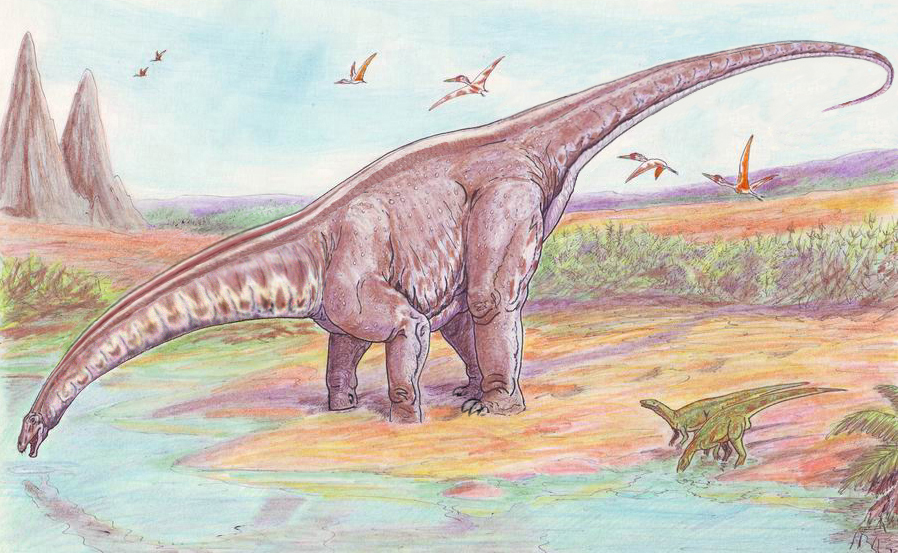For over a century, the mighty Brontosaurus has played a game of hide-and-seek with science itself. This colossal dinosaur, whose name means “thunder lizard,” captured imaginations worldwide, only to vanish from scientific literature completely. Then, in a stunning twist that would make any paleontologist’s heart race, it thundered back into existence in 2015. This isn’t just a story about bones and classifications – it’s a tale of human pride, scientific rivalry, and the relentless pursuit of truth that spans generations.
The Birth of a Giant
The story begins in 1879 when renowned paleontologist Othniel Charles Marsh first described the Brontosaurus excelsus. Picture this: the American West was still wild, and dinosaur hunters were racing across dusty landscapes like modern-day treasure seekers. Marsh, working with incomplete fossils from Wyoming and Colorado, pieced together what he believed was an entirely new species of long-necked dinosaur.
The name itself was poetry in motion – “thunder lizard” perfectly captured the imagination of a public hungry for prehistoric wonders. Marsh’s reconstruction, though flawed by today’s standards, painted a picture of a massive, gentle giant that walked the Earth millions of years ago. The creature became an instant sensation, appearing in museums, books, and the collective consciousness of anyone fascinated by ancient life.
The Bone Wars Era
To understand the Brontosaurus controversy, you need to grasp the intense rivalry known as the Bone Wars. Marsh and his bitter rival, Edward Drinker Cope, were locked in a ferocious competition to discover and name new dinosaur species. Think of it as the paleontological equivalent of a Wild West showdown, but with shovels instead of six-shooters.
This wasn’t just friendly scientific competition – it was personal, vindictive, and often destructive. Both men employed spies, bribed workers, and even resorted to dynamiting fossil sites to prevent their rival from accessing them. The pressure to publish findings quickly led to hasty classifications and, inevitably, mistakes that would haunt the scientific community for decades.
The rush to claim glory meant that proper comparative analysis often took a backseat to ego. Marsh, in his eagerness to outpace Cope, sometimes made taxonomic decisions that later generations of scientists would question and ultimately overturn.
The Apatosaurus Connection
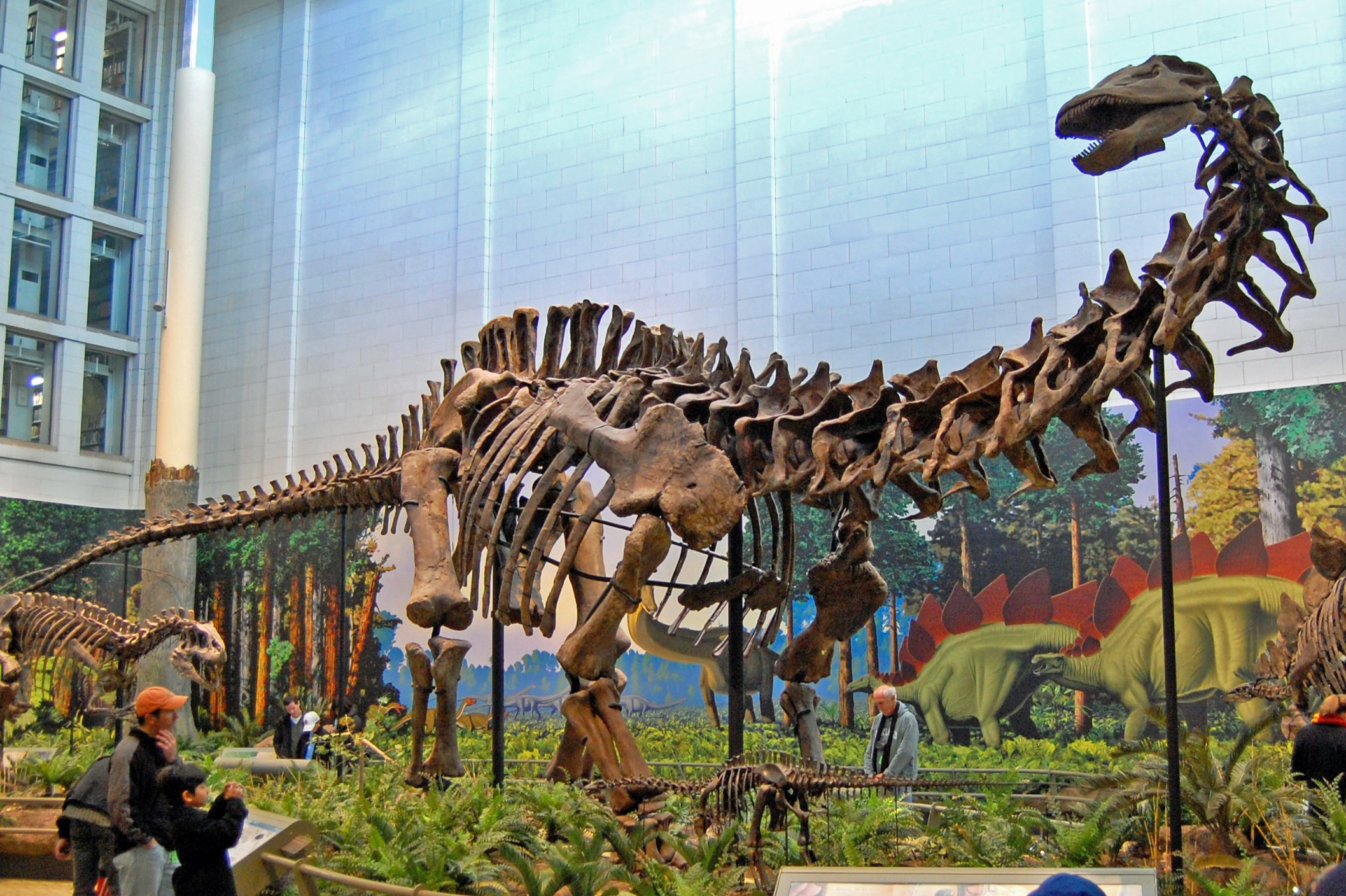
Here’s where the plot thickens dramatically. Two years before naming Brontosaurus, Marsh had already described another dinosaur called Apatosaurus ajax in 1877. The specimens were remarkably similar, but Marsh, caught up in the frenzy of discovery, failed to recognize that he was looking at the same type of animal.
Apatosaurus came first, which in the rigid world of scientific nomenclature means it takes priority. The rule is simple: the first valid name published gets to stay, regardless of which name becomes more popular. It’s like calling dibs on the playground, but with century-long consequences.
For decades, museums around the world displayed “Brontosaurus” skeletons, blissfully unaware that they were perpetuating a case of mistaken identity. The public fell in love with a dinosaur that, scientifically speaking, didn’t exist as a separate species.
The Great Debunking
The hammer blow came in 1903 when paleontologist Elmer Riggs carefully examined both Apatosaurus and Brontosaurus fossils. His conclusion was devastating: they were the same animal. According to the rules of scientific naming, Apatosaurus had to be the official name, and Brontosaurus would become what scientists call a “junior synonym” – essentially, a mistake.
Riggs’ work was methodical and convincing, but it created a massive problem. The name Brontosaurus had already embedded itself deeply in popular culture. Museums faced the awkward task of explaining to visitors that their favorite dinosaur had been “cancelled” by science. It was like telling someone their childhood imaginary friend never existed.
The scientific community grudgingly accepted the change, but the public largely ignored it. Brontosaurus continued to stomp through children’s books, movies, and toy boxes, creating a bizarre situation where the most famous dinosaur name was scientifically invalid.
A Century of Confusion
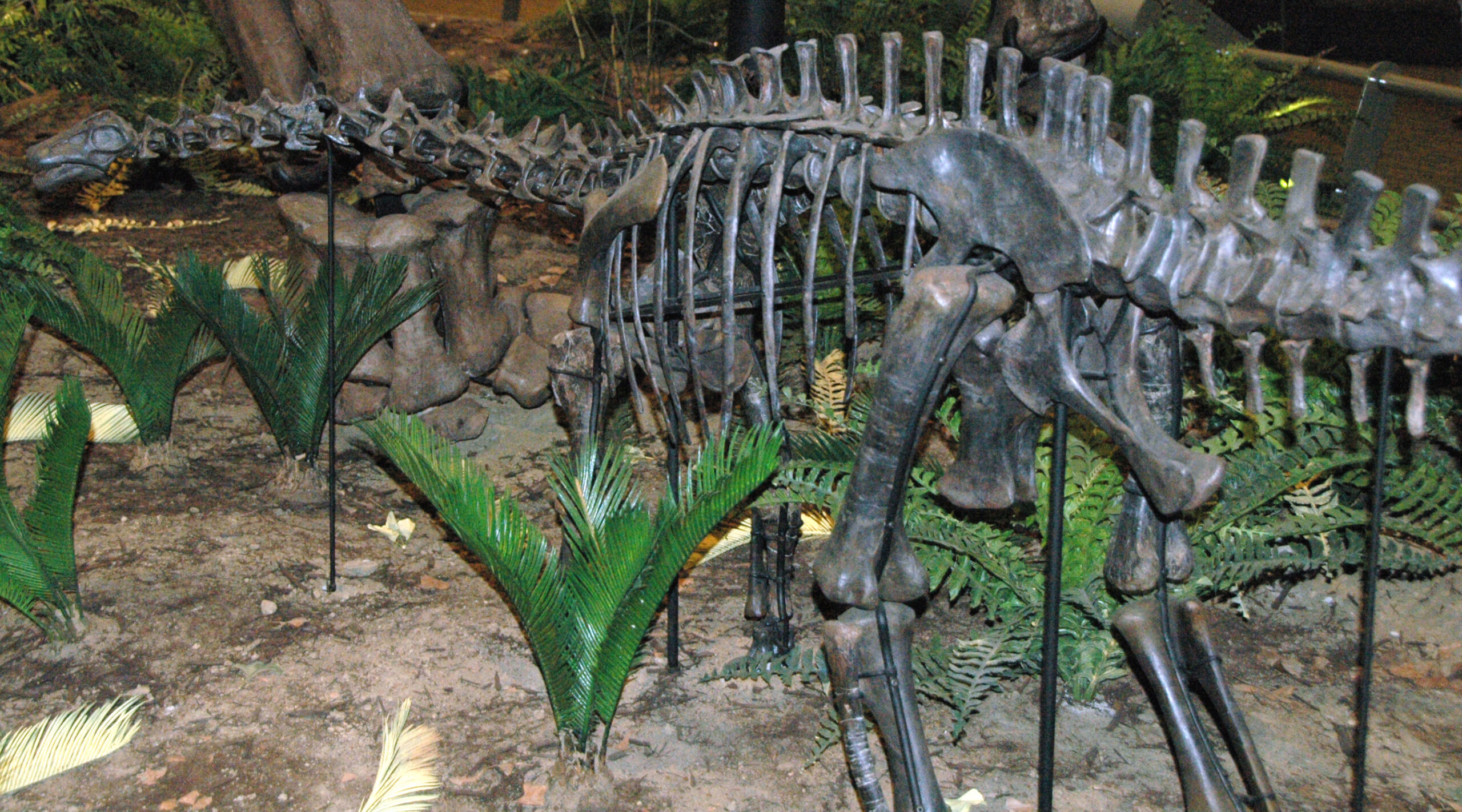
For over a hundred years, this created an unprecedented situation in paleontology. Teachers struggled to explain why textbooks called the dinosaur Apatosaurus while every movie and cartoon featured Brontosaurus. Museum curators found themselves constantly correcting visitors who insisted on using the “wrong” name.
The confusion wasn’t just annoying – it highlighted a fundamental problem with how science communicates with the public. When scientific accuracy clashes with popular culture, which should win? The Brontosaurus controversy became a case study in the challenges of scientific communication and public understanding.
Many paleontologists privately admitted they preferred the name Brontosaurus for its poetic beauty and cultural significance. But science is supposed to be about facts, not feelings, and the facts seemed clear: Brontosaurus was a mistake that needed to be corrected.
New Technology, New Possibilities
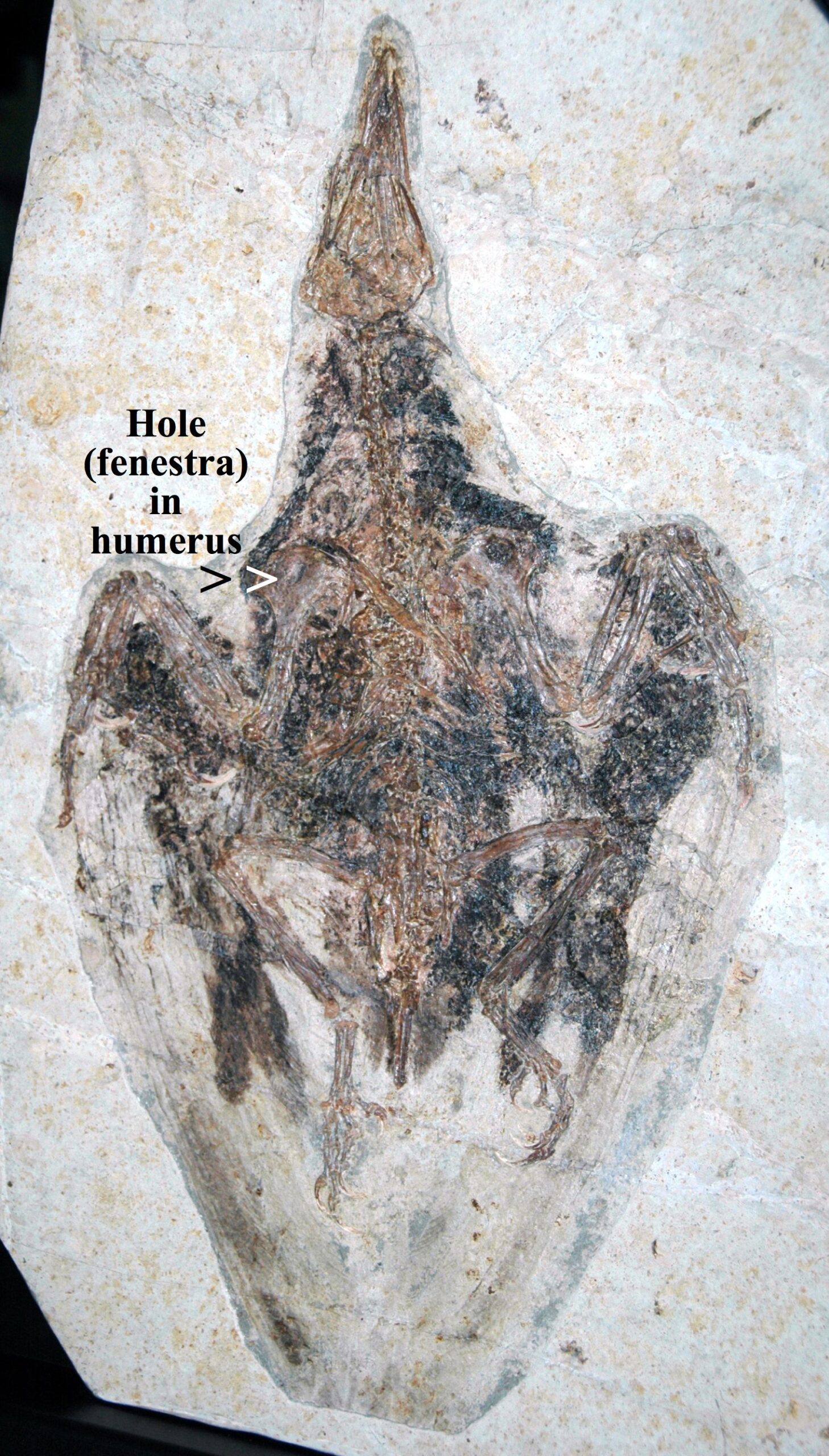
The 21st century brought revolutionary advances in paleontological analysis. Computer modeling, advanced statistical methods, and sophisticated comparative techniques gave scientists tools that Marsh and Riggs could never have imagined. These new methods allowed for far more detailed analysis of fossil specimens than ever before.
Researchers could now examine minute differences in bone structure, analyze growth patterns, and create detailed phylogenetic trees showing evolutionary relationships. What had once been educated guesses based on limited evidence could now be subjected to rigorous statistical analysis.
The stage was set for a complete re-examination of the Apatosaurus-Brontosaurus question. But few scientists expected the dramatic conclusion that was coming.
The 2015 Resurrection
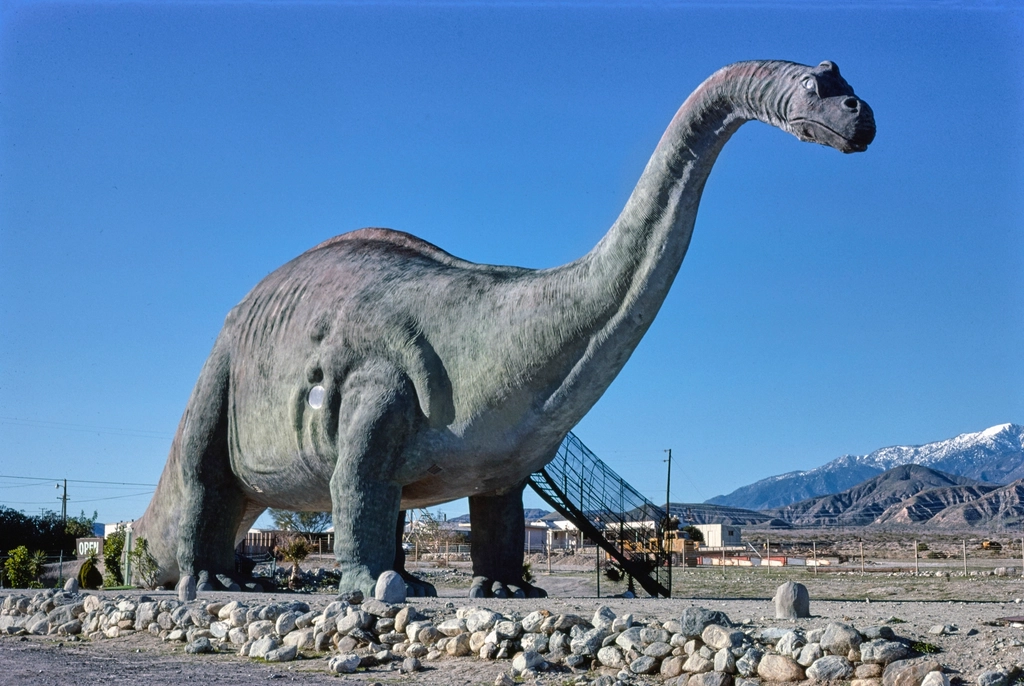
In April 2015, paleontologist Emanuel Tschopp and his team published a groundbreaking study that would change everything. Using cutting-edge analysis techniques, they examined every known specimen of Apatosaurus and its relatives. Their conclusion was stunning: Brontosaurus was actually a valid genus after all.
The researchers found that the differences between Apatosaurus and Brontosaurus were more significant than previously thought. While they were closely related, they represented distinct evolutionary lineages that deserved separate classification. It was like discovering that two people you thought were identical twins were actually just cousins who looked remarkably alike.
The scientific community was stunned. Here was a dinosaur that had been “extinct” for over a century, brought back to life not by genetic engineering, but by better science. The thunder lizard had roared back into existence.
What the Science Actually Showed
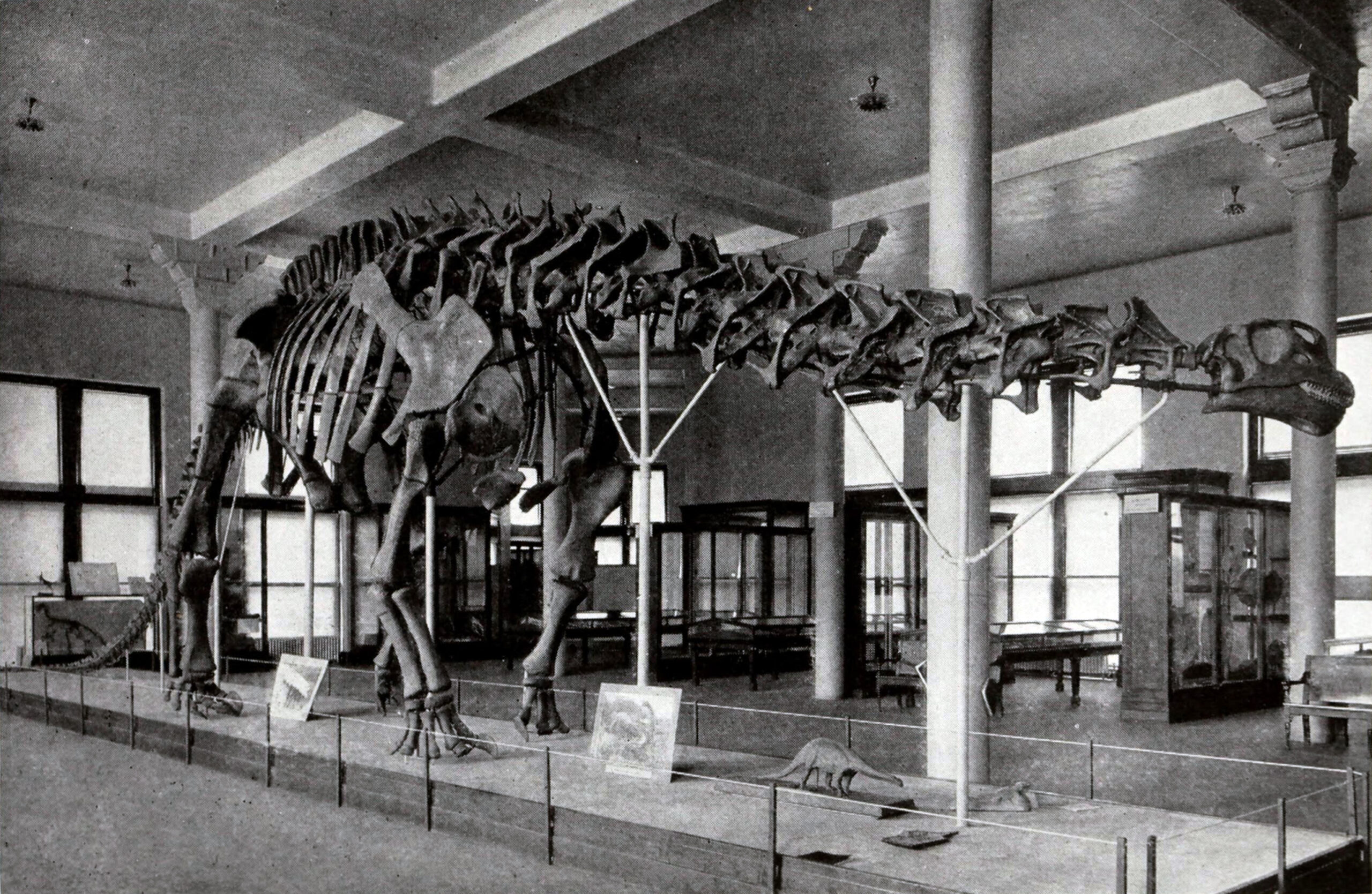
Tschopp’s team didn’t just wave a magic wand and declare Brontosaurus valid again. They conducted the most comprehensive analysis of diplodocid dinosaurs ever undertaken, examining 477 anatomical features across 81 specimens. This wasn’t opinion – it was mathematical proof.
The analysis revealed that Brontosaurus specimens showed consistent differences from Apatosaurus in skull shape, neck vertebrae, and other anatomical features. These weren’t just individual variations – they represented distinct evolutionary adaptations that warranted separate classification.
The study essentially proved that Marsh had been right all along, even if his methods were flawed. He had discovered two different animals, but the technology of his era couldn’t prove it. It took 136 years for science to catch up with his initial insight.
The Scientific Community’s Response
The paleontological world’s reaction was explosive. Some scientists welcomed the return of Brontosaurus with open arms, seeing it as a correction of a historical injustice. Others remained skeptical, arguing that the differences weren’t significant enough to warrant separate genus status.
The debate highlighted how scientific classification isn’t as black and white as many people assume. Drawing lines between species and genera often involves subjective judgments about how much difference is “enough” to create new categories. It’s more art than science, which makes controversies like this inevitable.
Most importantly, the Brontosaurus resurrection demonstrated that science is self-correcting. When new evidence emerges, scientists are willing to overturn even century-old conclusions. This isn’t weakness – it’s the greatest strength of scientific inquiry.
Impact on Museums and Education
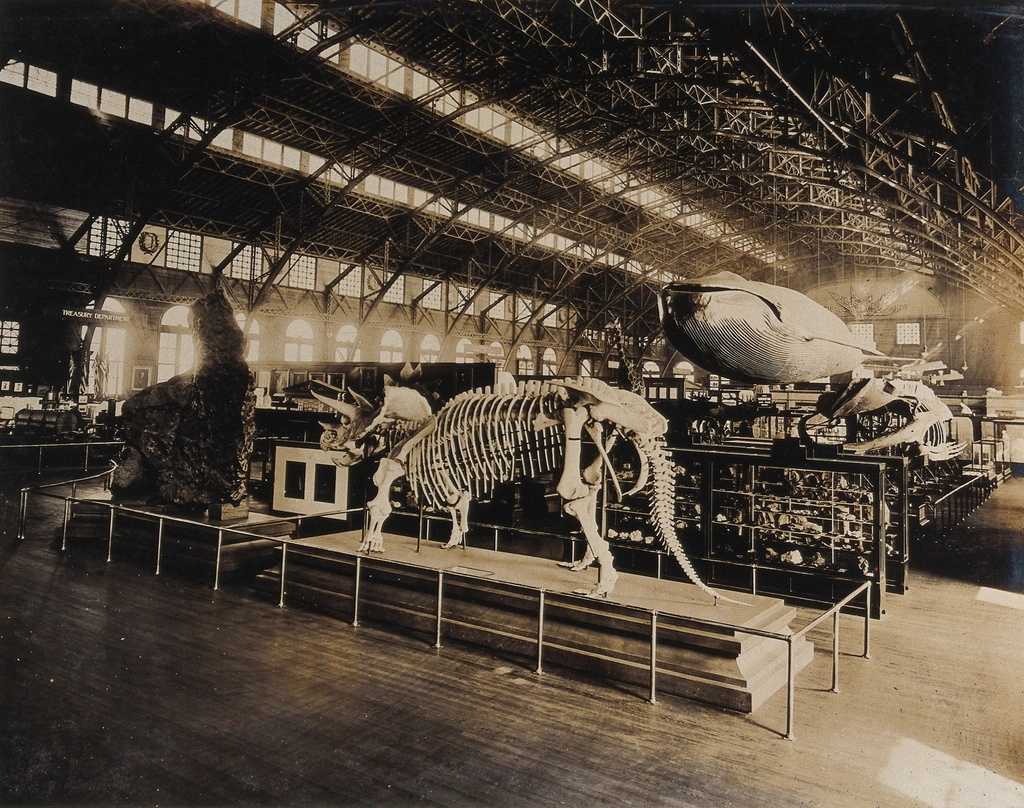
Museums worldwide suddenly found themselves in an unprecedented situation. After decades of patiently correcting visitors about the “correct” name, they now had to explain why Brontosaurus was valid again. Some embraced the change enthusiastically, while others remained cautious, waiting to see if the scientific consensus would hold.
Educational institutions faced similar challenges. Textbooks needed updating, and teachers had to explain to confused students why dinosaur names could change. The situation perfectly illustrated why science education needs to focus on processes, not just facts.
The return of Brontosaurus also sparked renewed interest in paleontology. Media coverage was extensive, and the story captured public imagination in ways that typical scientific papers rarely achieve. Sometimes controversy can be the best teacher.
The Broader Implications
The Brontosaurus saga reveals something profound about the nature of scientific knowledge. Science isn’t a collection of eternal truths – it’s a constantly evolving understanding of the world based on the best available evidence. When better evidence emerges, previous conclusions must be reconsidered.
This flexibility is often misunderstood by the public, who sometimes see changing scientific conclusions as evidence of unreliability. The Brontosaurus story shows the opposite: science’s willingness to correct itself is precisely what makes it trustworthy.
The controversy also highlights the importance of taxonomy in understanding evolutionary history. Names aren’t just labels – they represent our understanding of how life evolved and diversified. Getting the classification right matters for understanding the bigger picture of life on Earth.
Cultural Impact and Legacy
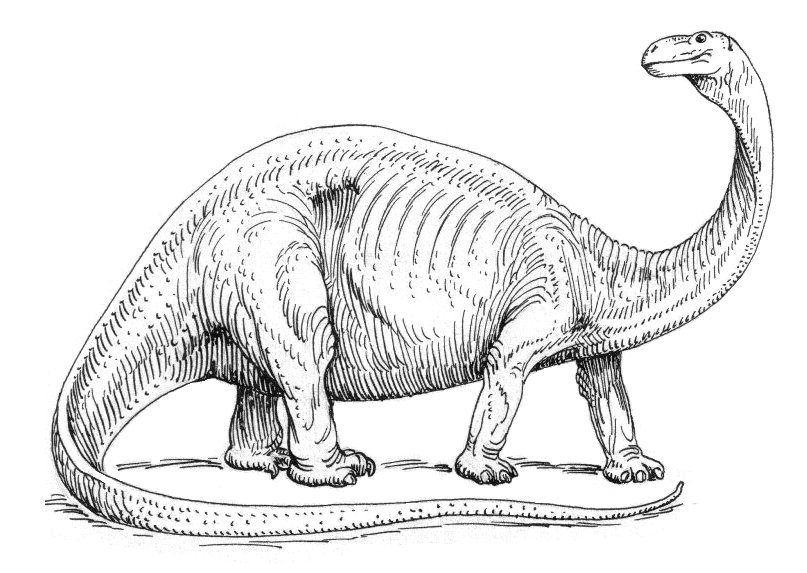
Perhaps most remarkably, the Brontosaurus controversy demonstrates the power of popular culture to keep scientific ideas alive. For over a century, while scientists insisted the name was wrong, the public kept using it. In a sense, popular culture preserved something that science had temporarily lost.
This raises fascinating questions about the relationship between scientific authority and public understanding. Sometimes the crowd really does know something that experts have missed. The Brontosaurus story suggests that scientific accuracy and popular appeal don’t always have to be at odds.
The thunder lizard’s return also shows how deeply dinosaurs are embedded in human culture. These ancient creatures continue to fascinate us, representing power, mystery, and the vast sweep of evolutionary time. Brontosaurus isn’t just a dinosaur – it’s a symbol of our eternal quest to understand our place in the natural world.
Current Status and Future Research
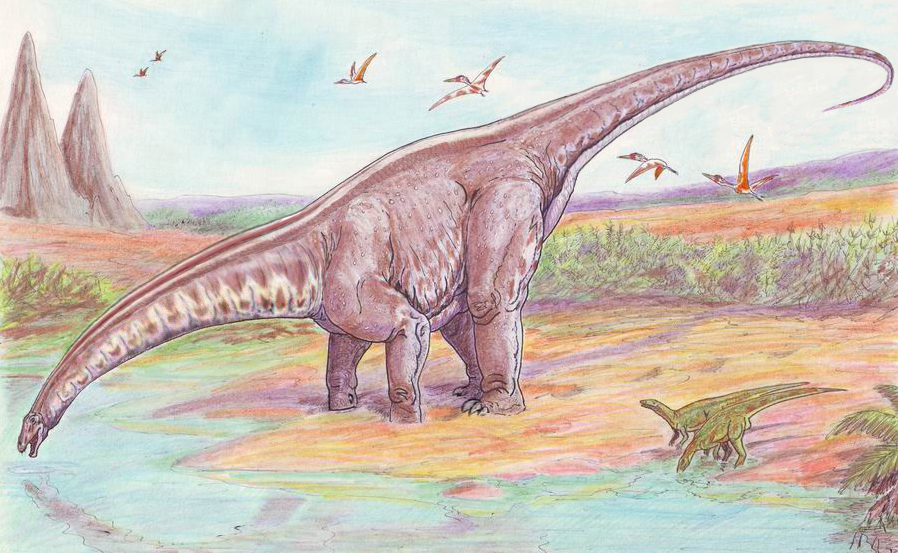
Today, Brontosaurus stands proudly in the paleontological record as a valid genus, though debates continue about some species assignments. The scientific community has largely accepted Tschopp’s analysis, but like all scientific conclusions, it remains subject to revision as new evidence emerges.
Ongoing research continues to refine our understanding of these magnificent creatures. New fossils are still being discovered, and improving analytical techniques provide ever-more detailed insights into their biology and behavior. The Brontosaurus story is far from over – it’s just beginning a new chapter.
The controversy has also inspired new approaches to taxonomic research. Scientists are now more careful about comparative analysis and more willing to use advanced statistical methods to support their conclusions. In this sense, the Brontosaurus saga has made all of paleontology more rigorous and reliable.
Lessons for Modern Science
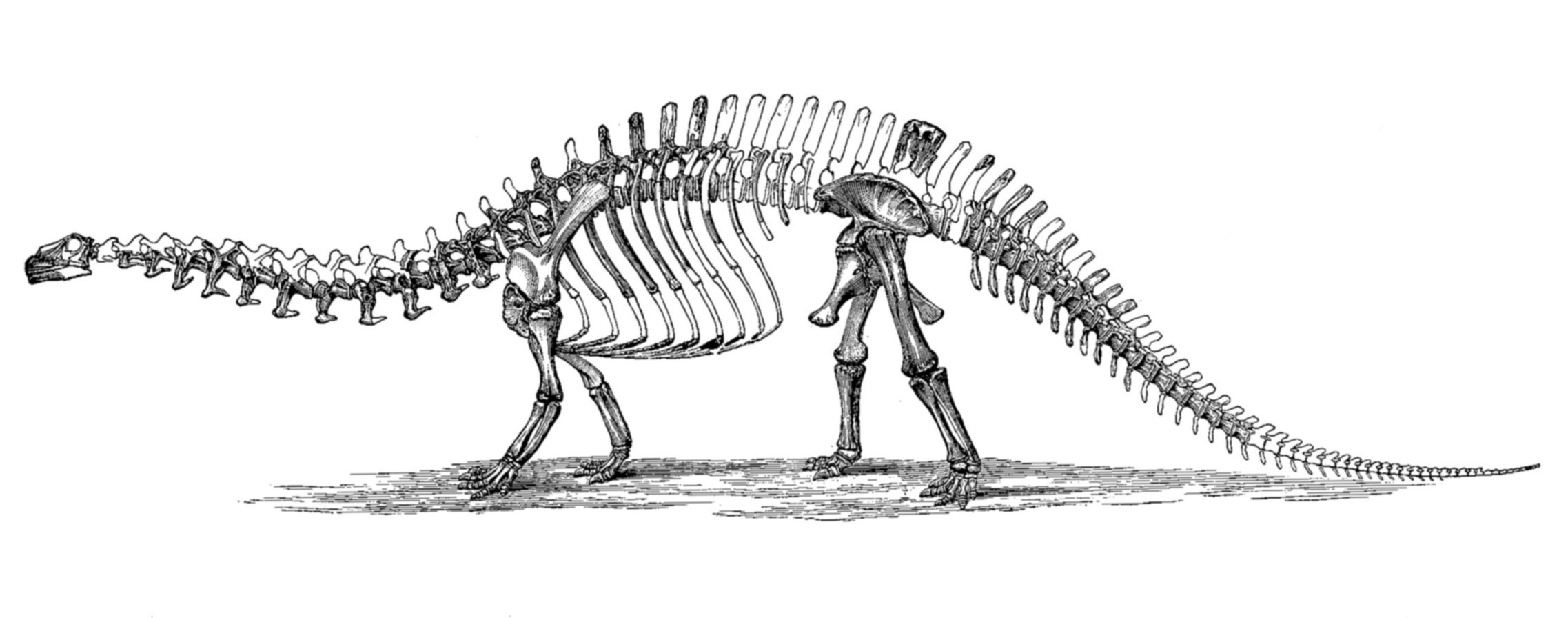
The Brontosaurus resurrection offers crucial lessons for contemporary science. It shows the importance of questioning established conclusions, the value of new analytical techniques, and the need for humility in scientific pronouncements. What we “know” today might be overturned tomorrow by better evidence.
The story also demonstrates how scientific controversies can drive progress. The debate forced researchers to develop better methods, examine more specimens, and think more carefully about classification criteria. Conflict, when handled properly, can be a powerful engine of scientific advancement.
Most importantly, the Brontosaurus saga shows that science is ultimately about truth, not tradition. When evidence contradicts established ideas, evidence must win. This commitment to following the data wherever it leads is what makes science such a powerful tool for understanding the world.
The thunder lizard’s journey from discovery to disappearance to resurrection mirrors the broader journey of scientific understanding itself. Like the fossils it studies, science preserves the past while constantly revealing new truths about the world around us. The Brontosaurus story reminds us that in science, as in life, sometimes the most spectacular discoveries come from taking a second look at things we thought we already understood. What other scientific “truths” might be waiting for their own resurrection?

